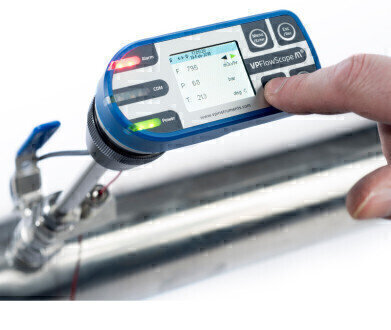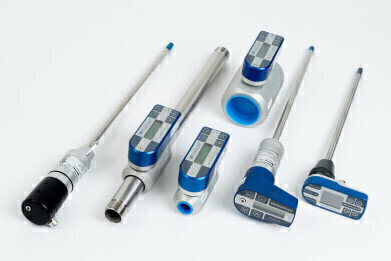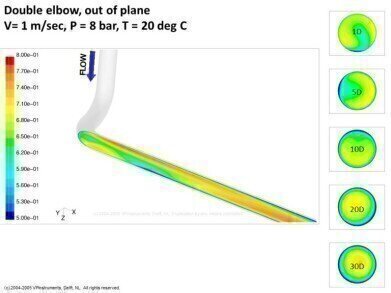Environmental Laboratory
9 Tips to select & install compressed air flow meters correctly
Feb 12 2020
Prevent wrong conclusions by incorrect measurements. Flow meters are great tools to measure and manage energy consumption, only though when selected and installed properly. In this [eBook] we will walk you through the major criteria for proper compressed air flow measurement.
Here we present a compact overview. Download here the complete eBook for all information; including a nice checklist.
1. Select the right type flow meter for your application
Is the air wet or dry? Is an In-line or insertion probe style best for your application? Select the right technology and model to match your situation.
2. Make sure the air quality matches the flow meter
Regardless of type, any flow meter is sensitive to pollutants in the air. E.g. we recommend placing thermal mass flow meters in dry air downstream of all air treatment filters to prevent sensor degradation. Also, for differential pressure flow meters a combination of too much water and dirt can clog the sensor.
3. Create enough straight pipe length
A symmetric, fully developed turbulent flow profile is what is needed for accurate flow measurement. Install your flow meter at the recommended distance from bends, valves and other objects that can distort the flow profile. Check out here our piping table with some examples.
4. Beware of temperature sweeps
Avoid large and rapid temperature variations, e.g. downstream a malfunctioning desiccant dryer. This can affect the measurement accuracy of the flow meter, and extreme temperatures can also shorten its service lifetime.
5. Make sure the compressed air flow meter is 3-in-1
Get the complete picture and always measure mass flow, pressure and temperature at once. Our VPFlowScope flow meters all measure mass flow, pressure and temperature simultaneously.
6. Be aware of reverse flow conditions
Flow in compressed air pipes can reverse direction unexpectedly and only a bi-directional flow meter can reveal this. Reverse flow can reveal issues with ring networks, multiple compressor rooms, non-return valves, leakage inside compressors, drains, filters and dryers.
7. Understand the effect of a receiver
Measuring flow and pressure before or after the receiver tank makes a big difference! If you do not take the receiver into account, you can draw the wrong conclusions about compressor capacity or equipment capacity.
8. Wet air flow meter: prevent flooding or excessive water
Measuring wet air in the discharge pipe of a compressor is possible with a differential pressure flow meter; but be aware of excessive water. Check the water content of the system before installing your flow meter and check the flowmeter a short time after installation.
9. Wet air flow meter: install under the right angle
Flow meters for saturated air measurement need to be able to drain excess water build-up and gravity helps. Install the flow meter at a 30 to 45-degree angle in a horizontal pipe so water can easily drop off the meter’s tip.
Digital Edition
IET 34.2 March 2024
April 2024
Gas Detection - Biogas batch fermentation system for laboratory use with automatic gas analysis in real time Water/Wastewater - Upcycling sensors for sustainable nature management - Prist...
View all digital editions
Events
Apr 22 2024 Hannover, Germany
Apr 22 2024 Marrakech, Morroco
Apr 23 2024 Kuala Lumpur, Malaysia
Apr 23 2024 Kintex, South Korea
Apr 23 2024 Edmonton, AB, Canada




















